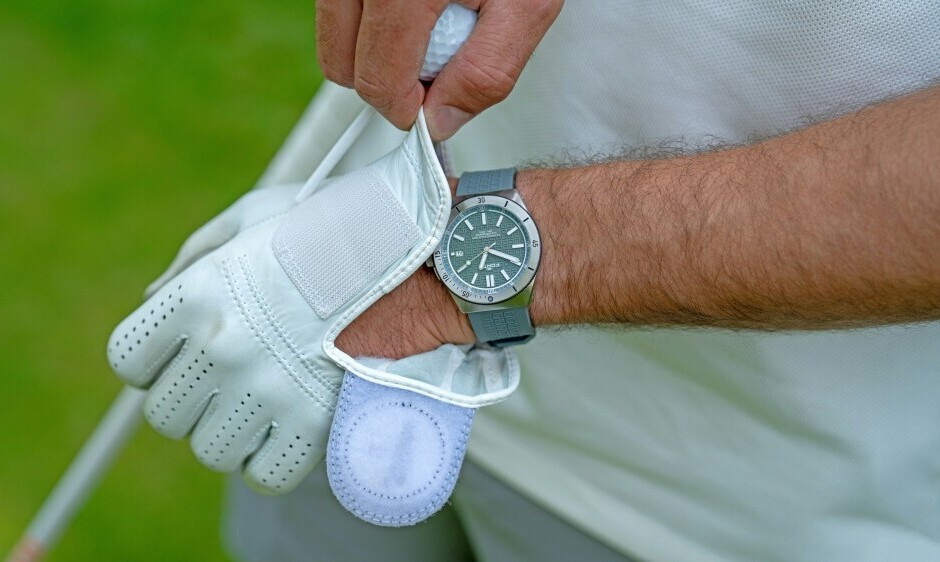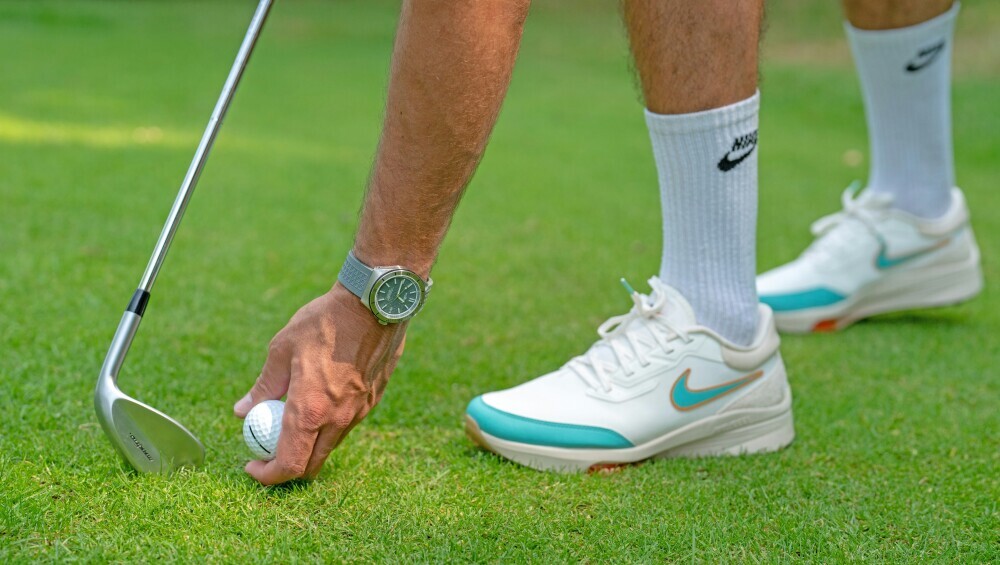What Is A Golf Rangefinder?
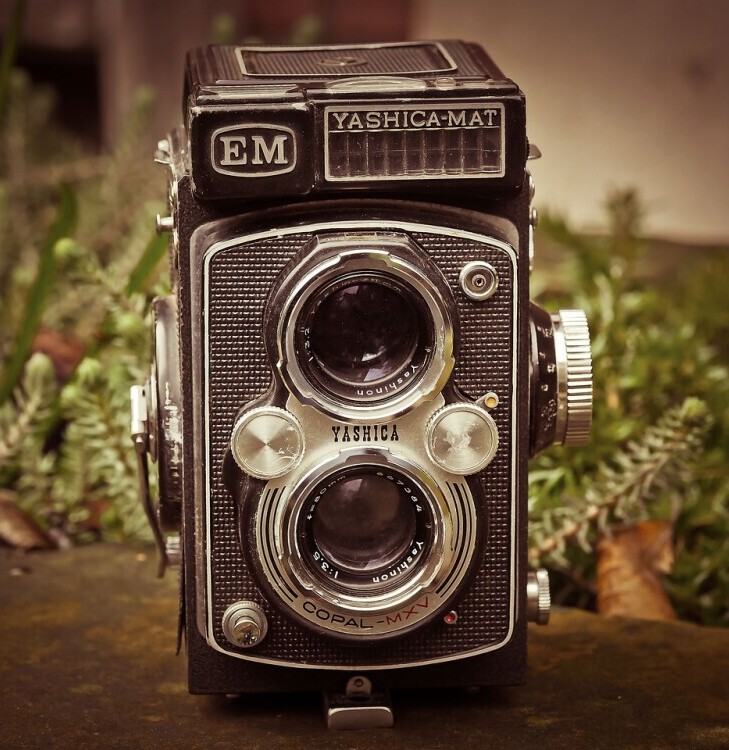

Fore! Quick note: a few links here are affiliate links. If you snag gear through them, I earn a small commission — no extra strokes added to your game.
Golf rangefinders have become a staple in the modern golfer’s toolkit, but what exactly are they? At their core, these devices are designed to help you accurately measure the distance from your current position to specific targets on the golf course, like the flagstick or different hazards. This precision ability, especially when golfing, can lead to more informed and strategic gameplay. The golf viking is back to give you the lowdown on the rangefinder.
When it comes to types, you generally have two main options: laser and GPS rangefinders. Laser rangefinders use a beam to pinpoint exact distances with tremendous accuracy, often favored by those who prefer traditional and precise measurements. On the other hand, GPS rangefinders rely on satellite signals to provide distances from pre-mapped points on the course, offering ease and convenience, especially when you’re unfamiliar with the terrain.
The evolution of these gadgets is pretty fascinating. Initially bulky and a bit challenging to handle, advancements in technology have seen them become more compact, lightweight, and user-friendly. You’ll find features like slope measurement, magnification, and various modes tailored to suit different user preferences. They give any golfer the reads they might struggle with otherwise.
So, why should you even think about having one in your bag? With such powerful benefits derived from their precision and ease of use, every golfer, whether you’re a newbie or a seasoned player, might find a golf rangefinder a worthy addition. It allows for a more strategic approach as it removes the guesswork out of gauging distances, assisting you in making better decisions on the course. Let’s get into what the real use the rangefinder can be for your golf game.
Training with a rangefinder can give you exact yardages during practice. Add even more structure with Golf Training Aids and How to Use Them for better results.
Ready to level up your golf game? Click here.
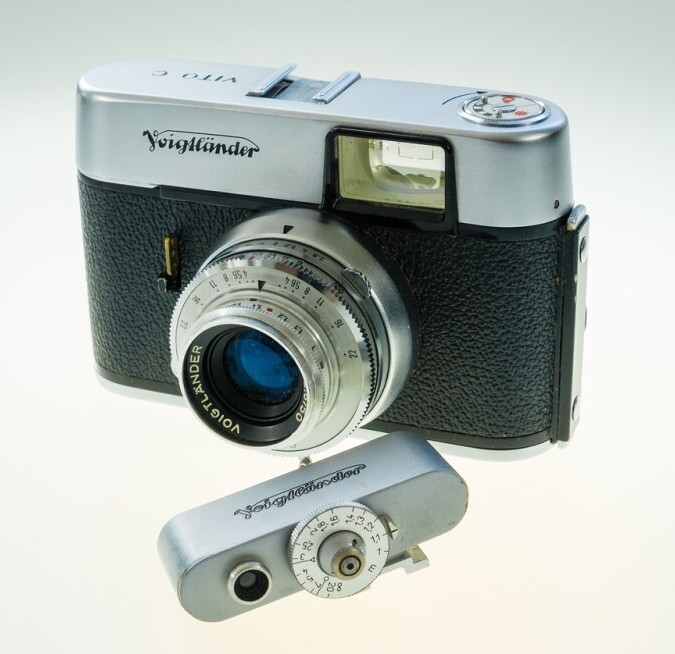
Purpose and Importance: Enhancing Your Game with a Rangefinder
Golf rangefinders are not just gadgets; they’re game-changers. By delivering precise distance measurements, they transform your strategic thinking on the course. Imagine being able to confidently select the right club based on exact yardage to your target. This accuracy boosts your confidence and can lead to better scores. After all, what golfer doesn’t want to be more accurate?
So, how does a rangefinder impact your swing and club choice? It provides the exact distance to the flag or hazards, helping you choose the right club and adjust your swing accordingly. Instead of second-guessing yardage, you’ll know exactly what lies ahead. This will let you pick the perfect club for the situation. Knowing the exact distance from the hole will help you figure out what you need to do to get to the green.
Accurate measurements are crucial in golf. Each shot’s success can hinge on knowing the precise distance to the green or a water hazard. Without this knowledge, many golfers might misjudge their shots, leading to mishits or overshooting. The rangefinder can give you a better idea of the exact club and shot you will need.
Comparing traditional methods of gauging distance—like pacing out yardage or relying on course markers—to a rangefinder highlights a big difference. While old-school techniques have worked in the past, the precision offered by modern technology can take your game to another level. These days, a rangefinder is more accessible than ever and offers tailored options depending on your preference for detail or simplicity. So how do we use one of these things?
Rangefinders are especially helpful for golfers chasing scoring goals. Pair this tool with the tips in How to Break 90 in Golf for a step-by-step roadmap.
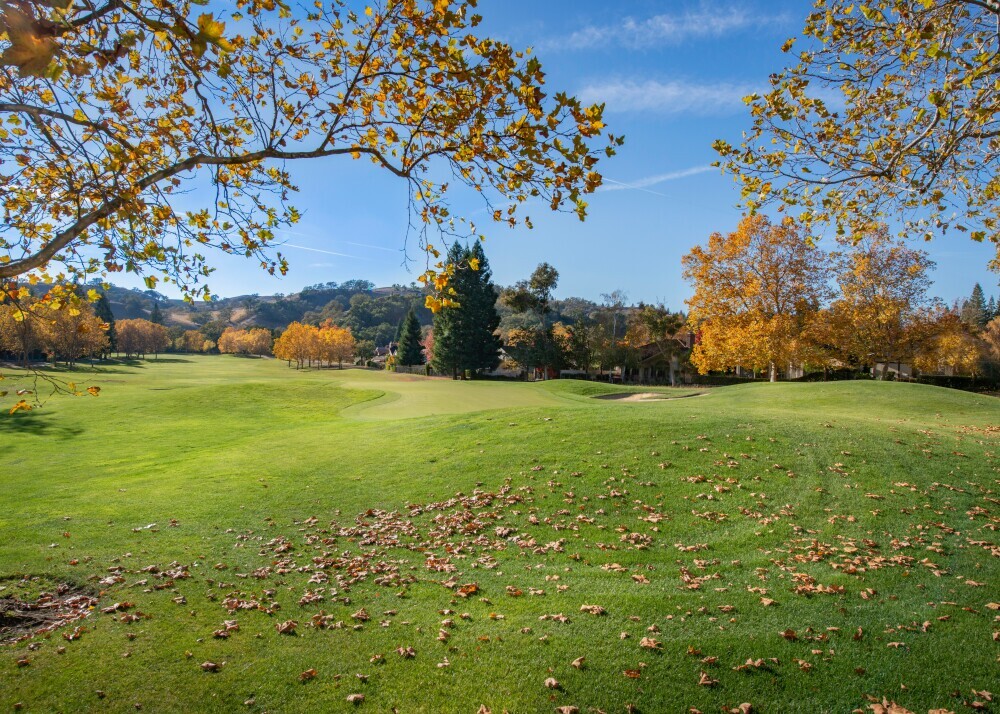
Practical Guide: How to Effectively Use a Golf Rangefinder
Using a golf rangefinder isn’t rocket science, but a few tips can ensure you get the most out of it. First, getting comfortable with your rangefinder’s settings and modes is key. Whether it’s a laser or GPS model, familiarize yourself with the display data and how readings are presented. Of course make sure you read your rangefinder manual to understand what the data means and how buttons work.
Start by practicing in a relaxed setting. Focus on steadying your grip while aiming the rangefinder at your target—usually the flagstick or a landmark. Laser devices often have a slight learning curve as they require you to lock onto small targets, so patience at the beginning will pay off later. Make sure you are aiming straight at your target. Once you get the hang of things, you can get into more readings to fine tune the details of your shot.
It’s essential to use the rangefinder’s features to your advantage. Advanced models offer slope adjustment, taking elevation changes into account. This can be a game-changer when dealing with uphill or downhill shots, as it influences the actual shot distance you need to consider. When you get used to using one of these, you will be able to learn more about the layout of the course.
However, be aware of common mistakes. Aiming at the wrong target can lead to wrong estimations, so it’s crucial that you get a clean line to your target without any obstacles like trees interfering with the beam. Be conscious of your surroundings and take multiple readings to ensure consistency and confidence in your results. So how do we use this to up our golf game?
Rangefinders pair well with the right clubs. If spin control matters to you, learn more in The Best Golf Clubs for Backspin to fine-tune approach shots.

Maximizing Your Equipment: Using Rangefinders on the Course
Once you’re familiar with operating a rangefinder, the next step is to harness its power across different terrains. On a flat course, using a rangefinder simplifies judging distances to the pin, but when faced with varied terrains, it can really show its worth. From elevated tees to rolling fairways, a rangefinder can enhance your strategic play by providing accurate yardage that accounts for these challenges.
Understanding when to deploy your rangefinder is key. It’s particularly useful in situations where the distance markers might not be clear or when you’re navigating a tricky layout. Some golfers use it for approach shots to precisely gauge the flag’s distance, ensuring they select the right club and achieve the desired accuracy.
Weather conditions like fog or rain might affect your ability to see targets clearly, but many modern rangefinders come equipped with features to help overcome these difficulties. Even in poor visibility, your trusty device can give you the upper hand by accurately highlighting what’s ahead.
Speaking of control, rangefinders can help you manage your equipment better. By knowing exact distances, you’ll not just choose the correct club more often, but also start to recognize patterns in your equipment performance, cycle through them strategically, and understand the impact of different conditions on your shots.
With a rangefinder in hand, you transform your golfing experience from one of guesswork to informed precision. This tool can become one of the most vital parts of your golfing arsenal, enhancing both the fun and competitiveness of your game. I’ll see you out on the golf course, using that new rangefinder!

